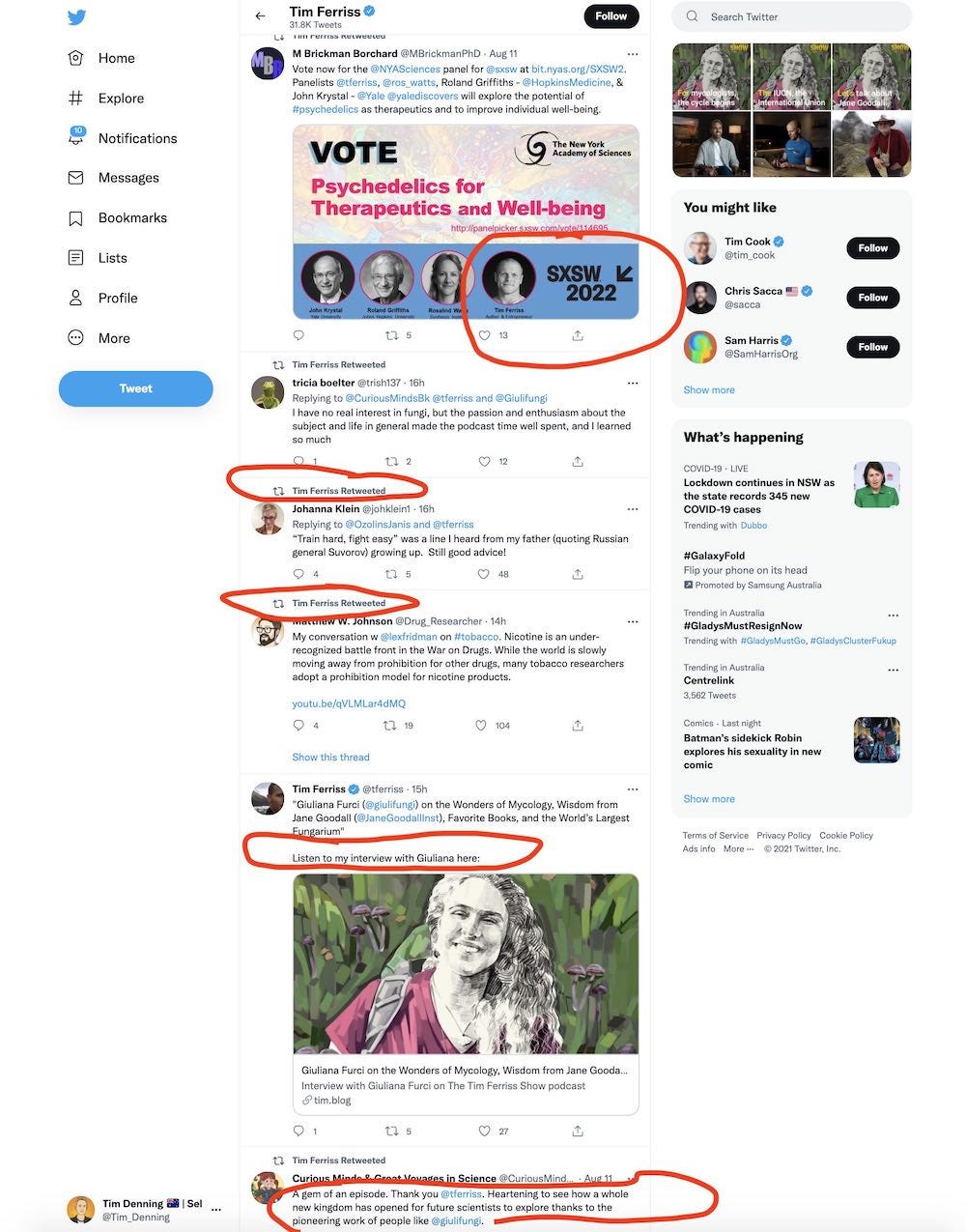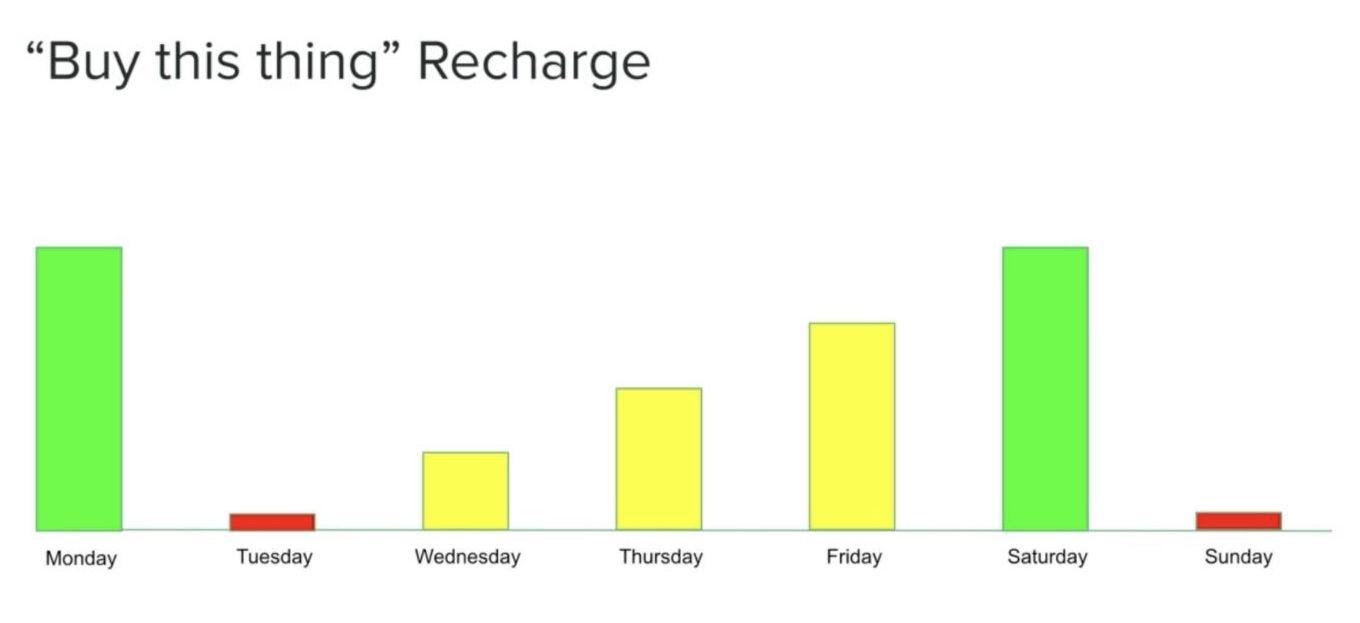If you create content then you work in sales. Congrats.
Most of us aren’t born salespeople.
In fact, many of us hate anything salesy. Sales applies to content creation because you need to persuade and market your work to build an audience — there’s no way to avoid it. If you want to go the extra step and then build a business from content, you’re in for an even ruder shock.
I’ve spent most of my life in sales. My original mentor taught me to be stupidly honest and remove all the tricks and hacks. The tips I’m going to share make up a simple sales philosophy that will help your content reach a larger audience without feeling sleazy or salesy. Here we go.
Your audience is overwhelmed. Sorry.
The problem with content creation is social media is extremely noisy. It sucks away our energy and leaves us deprived of dopamine.
Many content creators forget about this, or are unaware. They assume their content is the only stuff being seen by the audience and that they woke up in the morning just to be part of their happy, awesome club of wanderlust lovers. Not true.
The key to getting an audience to consume your work is to put them first. Think about what it must be like to be in their shoes.
Now imagine this: they’re right-hooked in the face every few seconds by some creepy stranger who doesn’t give a damn about them. The internet is a salesfest. If you forget this simple rule, you’ll become part of the forgotten crowd that lurk behind closed doors and slap internet users in the face.
You’re selling and probably don’t know it
Many content creators I’ve spoken to think that selling online is only when you ask for money. Not true. Here are some examples of uncommon selling:
- When you post an external link on Twitter, you’re selling.
- When you ask us to follow you, you’re selling.
- When you ask for a donation to your Patreon, you’re selling.
- When you tell us to check out your friend’s video, you’re selling.
- When you retweet another content creator’s post, you’re selling.
- When you use affiliate links in your content, you’re selling.
Tattoo this on your forehead: every ‘ask’ is selling.
So add up your ‘asks’ to see how much you’re really selling.
Overdoing it is far too easy
Most of you are not trained sales professionals so you accidentally overdo it.
You send way too many emails to the audience. When you have no method for sales and marketing, you have the opposite effect. Instead of growing your audience, you squash the size of your audience.
The result is huge spikes in unsubscribes on your email list. Or the silent unfollows on your social media accounts that are hard to track. Or even better, the gentle press of the mute button on your content.
Stop spamming your audience with asks — both direct and indirect. Stop all the overdone self-promotion, and the promotion of your friends or businesses that you have a vested interest in. Want to know what overdoing it looks like?
I once went to a sales seminar. The guy presenting was a real estate content creator and auctioneer. He told the wannabe content creators to wrap their personal cars in signage, only wear clothes with their company logo on it, give business cards out to all the parents at their kid’s school, place their logo on the background behind them when they do meaningless self-promotional podcasts nobody is listening to, and when they go on holidays, get a tattoo with their business.
I mean jesus freaking christ. This is what I mean by overdoing it. It screams “buy, buy, buy.” When you’re good at what you do, there’s no need to slap people over the head with all this selling.
The simple test that reveals the truth about you
Many content creators are lying to themselves. They pretend they’re not selling. I have a way to cut through the crap. I call it the “timeline test.” Go to the timeline of your favorite social media app and look out for these things I’m going to demonstrate.
Let’s do the test on Tim Ferriss’s Twitter (sorry Timbo).

His first tweet is an ad for a conference he’s speaking at. His second post is a retweet to promote someone. His next tweet is a retweet. The tweet after that is a retweet with an external link to a Youtube video. Then he links to his website and asks us to listen to his podcast. The last tweet is one that says how amazing Mr Ferriss is. See the problem?
This is how most content creators market themselves and it’s totally wrong.
Timmy Boy is drunk on selling. He’s broken the cardinal rule of sales. All he’s doing on Twitter is asking for stuff but not giving any value in the form of a freshly written tweet that hasn’t been posted elsewhere. Now, Mr Ferriss probably doesn’t care about being a great law-abiding content creator. But you definitely should.
A totally different way to think that will save your content creator life
Justin Welsh is a badass LinkedIn creator. He taught me to think of an audience like an iPhone battery with his “recharge method.”
When you ask the audience to do anything, the battery goes into the red. Every day you don’t ask, the battery slowly goes back up until it’s green. Once it’s green, then you can ask again.

You get to do one ask at a time. So you wouldn’t waste an ‘ask’ on a silly thing like a retweet or by posting a link to a Youtube video on LinkedIn, would you?
Post a valuable ask that significantly helps you grow your audience — like ‘buy my online course’ — then leave them the heck alone for at least a week. Ideally, after the big launch of a product, you should wait at least four weeks before selling again.
There is a hidden part of your audience that wants to be sold to a lot
The place where selling hurts content creators the most is in emails sent from the likes of Mailchimp and ConvertKit. Just because you have an email address, doesn’t give you the right to oversell.
There are some members of your audience — I call them superfans — who can’t get enough of your asks. What I do is segment my email list. If people respond to the first ask then they get tagged. If they respond to the second ask then they get tagged again.
When you segment the audience, you can do more asks to those who engage more times than normal, without overdoing it.
Bottom Line
It’s easy to oversell. The temptation to do it comes from the desire to build an audience far too fast because, often, we compare ourselves to other content creators who are 1000 steps ahead of us.
An audience is built slowly. Ask less. Give more.
Superpower: give a lot more than you think you should.


